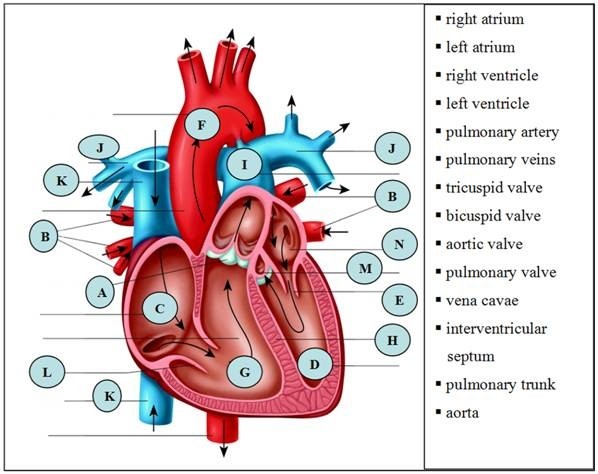Which of the following providers qualifies as a Medicaid eligible provider (EP)?
A. Doctor of podiatric medicine
B. Doctor of optometry
C. Physician assistant
D. Certified medical assistant
E. Chiropractor
D. Certified medical assistant
Qualified Medicaid eligible providers include physicians (primarily doctors of medicine and doctors of osteopathy), dentists, nurse practitioners, certified nurse midwives, and physician assistants practicing in a Federally Qualified Health Center (FQHC) led by a physician assistant or Rural Health Clinic (RHC) that is so led.
You might also like to view...
A previously healthy 5-year-old female presents with swollen axillary lymph nodes and fever. The physician notes multiple scratches and papules on her hands and arms
The mother reveals they had adopted a new kitten about two weeks ago, and it had scratched the child numerous times. She said she cleaned and treated the scratches with hydrogen peroxide immediately after each occurrence. Using the information provided, this infectious disease state requires A) No antibiotic therapy because the infection will resolve on its own B) A culture of the kitten to determine the specific infective organism C) Antibiotic therapy for adequate treatment D) Confirmation using a biopsy and culture of the lymph nodes
Looking at a full mouth series of radiographs you note that an impacted retained primary root tip can be observed between the right mandibular second premolar and the first molar in the premolar periapical radiograph
You note that the root tip appears to have "moved" mesially in the molar periapical radiograph. Which of the following is true regarding the impacted retained primary root tip? a. It is located on the buccal. b. It is located on the lingual. c. An additional radiograph would be required to determine the buccal or lingual location of the impacted retained primary root tip.
 Blood enters the ________ (letter F) from the left ventricle to be distributed throughout the body.
Blood enters the ________ (letter F) from the left ventricle to be distributed throughout the body.
Fill in the blank(s) with the appropriate word(s).
In chemical digestion, lipids are broken down into:
A. amino acids. B. fatty acids and glycerol. C. substances such as glucose and fructose. D. carbohydrates.